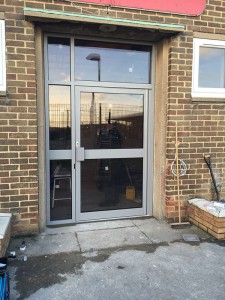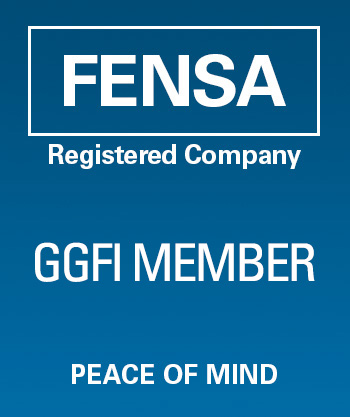Aluminium Windows Built On Sustainability
Our systems are supplied and tested by our trusted providers Aluk and Nordic Aluminum.
Our aluminium windows are becoming inreasingly popular for a number of reasons: they are incredibly low-maintenance, highly recyclable, better for the environment, and built to last. Our systems have been designed to be secure and robust, meeting and exceeding the highest industry standards.
Why do we use Aluminium?
 Aluminium is well known throughout the construction sector for being a lightweight, flexible and low maintenance material, while also aiding the high performance of our window systems due to its immunity to UV, low conductivity, and fire resistance.
Aluminium is well known throughout the construction sector for being a lightweight, flexible and low maintenance material, while also aiding the high performance of our window systems due to its immunity to UV, low conductivity, and fire resistance.
At least 90% of all aluminium used in construction is recycled, using less energy (upto 95%) to manufacture than its primary production – with no loss in the materials quality. This makes it one of the most sought after and sustainable materials available, reducing carbon emissions and contributing to the lifecycle costing of a building.
Aluminum, unlike other organic materials, does not age the same way and requires no protection from UV light. The life-cycle of this particular material is more environmentally friendly due to the minimal energy required in maintenance. The proven design life of Aluminum ensures that it will provide a year on year, long term solution with a guaranteed 100% recycability factor at the end of the buildings life.
A few facts about aluminium
- Since 1888, over 700 million tonnes of aluminium has been recycled
- Over three quarters of aluminium produced is still in use
- 90% of the aluminium used in the construction industry is recycled
- Recycling the aluminium currently stored would equal 15 years’ primary output
- Recycling aluminium requires 95% less energy than primary production
- Recycling aluminium from end-of-life products saves close to 80 million tonnes of greenhouse gas emissions per year
- Since the inception of aluminium recycling, we have avoided over one billion tonnes of CO2 emissions
Source: IAI/EAA



